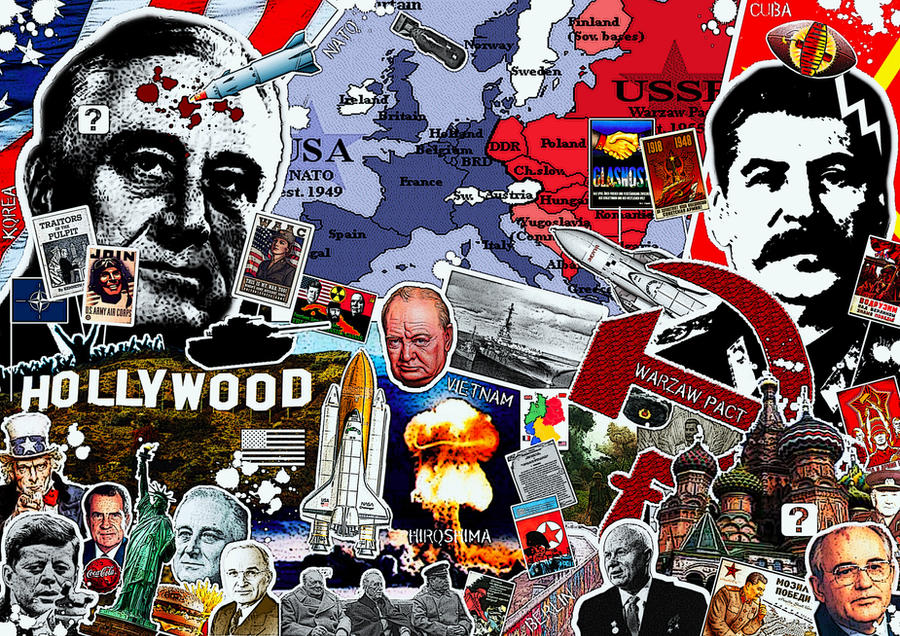After Basic Training, the Air Force sent me to a technical
school at Lowry Air Force Base in Denver, Colorado. The base is now a community college, a golf
course, and a museum of the many missile and weapons technicians trained there
during Cold War.
In 1972, Airmen with free time could take a bus or walk the
108 blocks west to downtown Denver. The
first time I went to Denver was in April. The weather was nice so ‘Bama (my
basic training bunkmate) and I walked to the city. A few blocks east of the base on Colfax was
proof positive we were serving in a draft-era military composed of mostly
19-year-old single men.
We walked east past taco stands, pawn shops, pool halls,
stripper bars, bars without strippers, tattoo parlors, burger joints, military
surplus stores, camera shops, and other stores of interest to young men easily
parted from their meager incomes. At
about the 9300 block of East Colfax Avenue, ‘Bama stopped and said, “Lookie here
Gussman. Son. Of. A. Bitch.”
We were staring in the front window of the only Topless
Shoeshine Parlor I have ever seen before or since. My 19th birthday
was still a few days away, so as far as I knew I was still the only 18-year-old
virgin in the United States Air Force, or maybe in the world.
‘Bama, being a man of the world, insisted it was a rip-off
and we should just keep walking. I took
his advice, but as we walked away, I was twisting my neck farther than normal
anatomy allows to look at the hypnotic motion that occurs when a woman wearing
just a skirt rhythmically rubs a shine cloth on a boot.
Topless shoeshine parlors were a 1970s phenomenon. They were
also part of the culture around military bases that began to disappear with the
all-volunteer Army. From its beginnings with the end of the draft in 1973, the
volunteer army recruited more and more married soldiers. With the bad economy
of the 70s, especially after the oil crisis, the Army recruited men who needed
medical care for their wives and kids.
All through the late 70s, the replacement soldiers who came to our unit
fit this profile: 19-21 years old, married, one child, wife is pregnant. Like
most soldiers, that young man was from the south or the west.
With more married soldiers, wives had more influence on the
culture on and off the base. The stripper bars and other family unfriendly
businesses moved away from the gate of the base. It’s not like the soldiers stopped going to
strip clubs, topless shoeshine parlors or pool halls, but with so many wives going on and off base, they
went to strip joints away from the gate.
-->


/https://public-media.smithsonianmag.com/filer/c4/de/c4de96fb-9044-400e-8271-56fda2455b59/jewish_refugees_aboard_the_ss_st_louis_in_cuba.jpg)







